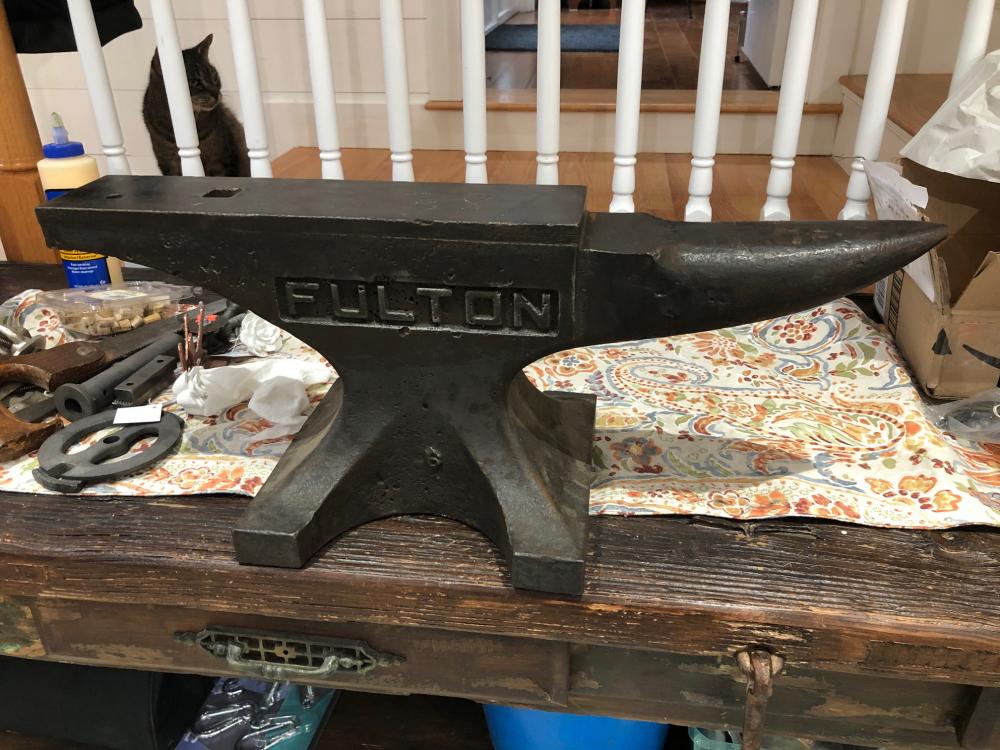
Flynn
Members-
Posts
107 -
Joined
-
Last visited
Content Type
Profiles
Forums
Articles
Gallery
Downloads
Events
Everything posted by Flynn
-
Ok, here's the situation. I have a 197# Isaac Hill anvil that has been welded and ground on and now the face won't bounce a super-ball, much less a ball bearing. Here's what I'm thinking of doing... I have a tractor, a chain, an oxy-acetylene torch, and a creek. Is there any reason NOT to heat the face up to cherry red and dunk it in the creek? I'm just bouncing ideas around, no need to get anyone too excited. Thanks! -Flynn
-
One more for the brain-trust to help ID
Flynn replied to Flynn's topic in Anvils, Swage Blocks, and Mandrels
Yep, seems like a decent little one. I appreciate all the help! -
One more for the brain-trust to help ID
Flynn replied to Flynn's topic in Anvils, Swage Blocks, and Mandrels
It's a dull ring, not much to speak of at all. The ball bearing rebound test is about 60-70% -
One more for the brain-trust to help ID
Flynn replied to Flynn's topic in Anvils, Swage Blocks, and Mandrels
-
This is one of those I picked up at an auction, ThomasPowers. It has decent rebound surprisingly, but no markings anywhere on it. It is right at 50 pounds. Any ideas on who might have made it and when? I know it doesn't really matter, but I find the history interesting. The shape of the support under the heel looks pretty unique to me.
-
I agree completely, Mr. Powers! I am a loyal follower of the TPAAAT and use it consistently. I've found a number of wonderful anvils with it, although I do supplement it with online shopping. I've had some luck both ways.
-
No, I've got no info on it except for the photos. One educated friend commented that the placement of the pritchel hole and other features look similar to a Powell or pre-1852 Peter Wright. There's over a week left on the auction, we'll see if the price is right. :) Thanks folks!
-
This one came up at auction near me... Sadly I only have these pics to go on. Any guesses as to the maker? Thanks in advance!
-
Don't worry, I'm not upset at all. I'm not able to follow all the conversations that go on here and had just read through the Tburner and ribbon burner instructions. I was specifically asking for advice from the experts with my post, not suggesting anything to anyone. Thanks again for the explanations. :)
-
Wow, I feel like I just got slapped with an education. My thought was only that adding the choke could give you a very easy way to tune your burner instead of trimming the MIG tip. I stand corrected and we can remove this post if you'd like, in order to not confuse others.
-
Howdy folks... I've been noodling on my new forge design, and I read through Frosty's T-Burner naturally aspirated ribbon burner build thread. Brilliant work, Frosty, thanks! In my own design I was thinking about building it with a washer/choke design similar to the Devils' Forge burners. I would think that adding in the choke to the design would allow it to be adjusted based on atmospheric conditions, eliminating the trial and error in designing one to your particular local. Is my logic sound in this, or am I missing something and there is a reason no choke was added in the original design? Thanks for the help!
-
I kind of hate to do it, but I think I'm going to end up selling my 3-inch Wilton and using this as my general workshop vise. This Stephens has 4.5 inch jaws and it's just to fast and smooth not to use. I'll still have my post vise and heavy Reed #34 for forging and big stuff, but I just love the mechanics of the Stephens. So I'll either have to sell off the 3-inch Wilton or build a bigger shop!
-
Pulling the handle tightens the jaws up to about a quarter inch on mine, it’s not a locking mechanism at all. So basically just slide the jaws shut and then pull the lever, and it tightens up as much as it can. Thomas, that is all too true!
-
https://patents.google.com/patent/US42236A How incredible is it that I can pull up a patent from 1864 with just a few minutes of my time in my own home. It's amazing to me that I can use technology to access the repository of all human knowledge one minute and then be out in the shop hammering hot steel on a 200-year-old anvil the next. What a world we live in.
-
Here’s a neat one! Just finished cleaning up and reassembling it. I took too long getting around to it and had to look up the patent to figure out what went where.
-
I picked up this little guy a few months ago and have really enjoyed restoring it. I was intending to paint it the same color Wilton did when they produced it, but decided to go with a chemical blackening followed up by a protective black metal wax. Very happy with the results!
-
It looks that way to me, TwistedWillow... I may fabricate some just to have it be complete. There was also a bolt used as a replacement for the rod that holds in the threaded housing. I cut the head off the bolt so it at least sits flush now, but I need to get something with a slightly larger diameter and cut it to fit. It's fine for now, though.
-
Finally finished cleaning up this old vise and building a table strong enough to support it. I looked up the patents on it, 12/24/1912 was assigned to Reed Mfg. for the face of the vise jaws 08/11/1912 was assigned to Chas Parker for the swivel base mechanism I don't have the pipe jaws for it, but other than that I'm very happy with the condition!
-
Trexton Anvil. Looking for a price
Flynn replied to ebuonarosa's topic in Anvils, Swage Blocks, and Mandrels
Ebuonaraso, I sent you a private message with some local pricing trends and history on your anvil since we're neighbors. Vinny at the Milford shop is a great guy that I've met a few times. Feel free to send me any questions you have, I'm happy to help however I can! -
Thanks Flatliner! I read up on them in AiA and there's very little info. Just says it was cast steel made in the 20s for Sears. Do you know that they were made by Columbian, or do you recall where to find the info?
-
-
Any market for old anvils and forge here?
Flynn replied to Dan N's topic in Anvils, Swage Blocks, and Mandrels
Well, $3-4/pound is a good price for a solid anvil. More than that is getting real expensive, less than that is for an anvil that has some serious defects. This is all my opinion, based on my location and experience. There are other folks here with a LOT more experience than I have! -
Any market for old anvils and forge here?
Flynn replied to Dan N's topic in Anvils, Swage Blocks, and Mandrels
I don't mind a flipper making a reasonable profit... I look for unknown anvils so covered in crud that they might be worthless, and then clean them up and do research on them, and sell them for $3-4/pound usually. Or I keep them in my shop and sell off a less desirable anvil. I do the same with vises and drill presses and whatever else I stumble across. I've run into some real jerks at estate sales that make a business out of it, though. I just try to improve my shop and have fun finding and cleaning up old metal. -
Any market for old anvils and forge here?
Flynn replied to Dan N's topic in Anvils, Swage Blocks, and Mandrels
Well, you wouldn't want to drop a 12 pound bearing on your anvil. I use 3/4-inch ball bearings, myself. If you make sure to wipe off the excess oil, that should be fine. One thing to note, I've tried a few different bearings of different steel and they will give you different results. The best/most consistent bearings I've found are item S2 Tool Steel from McMaster Carr, Item #1995T18. Also, it's not like you have to provide potential buyers with a ball bearing to test with. I test my own just so I know what I've got. Good luck!
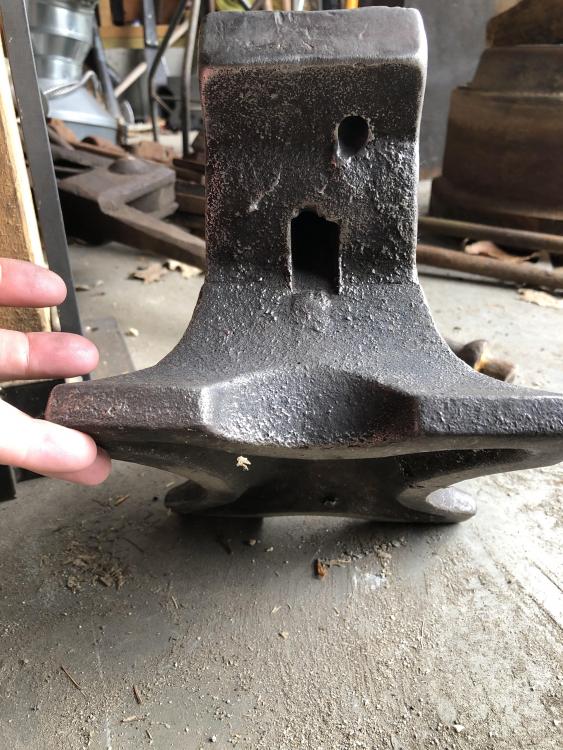
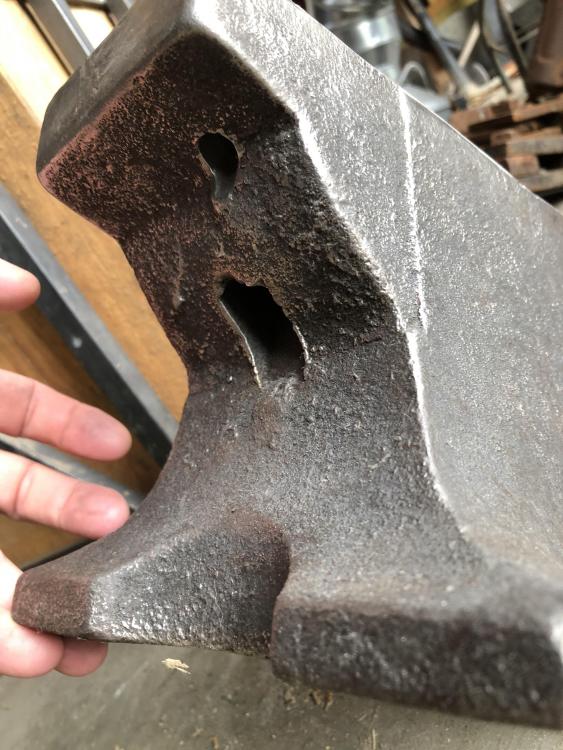
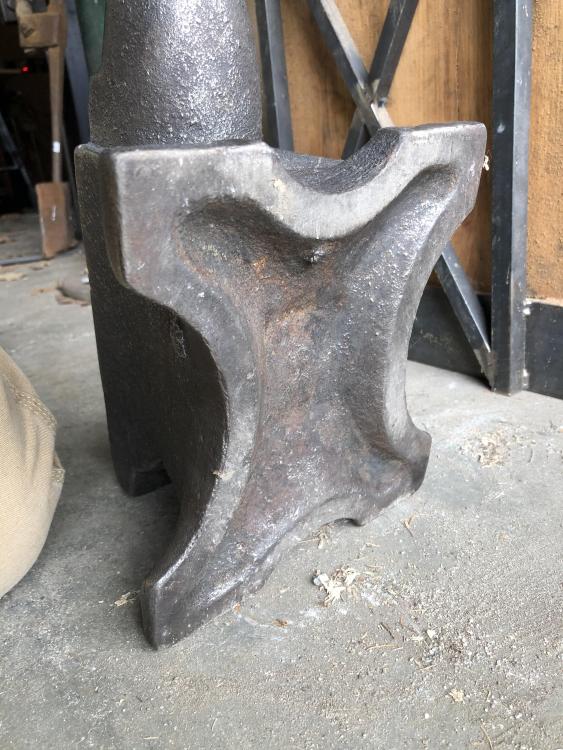
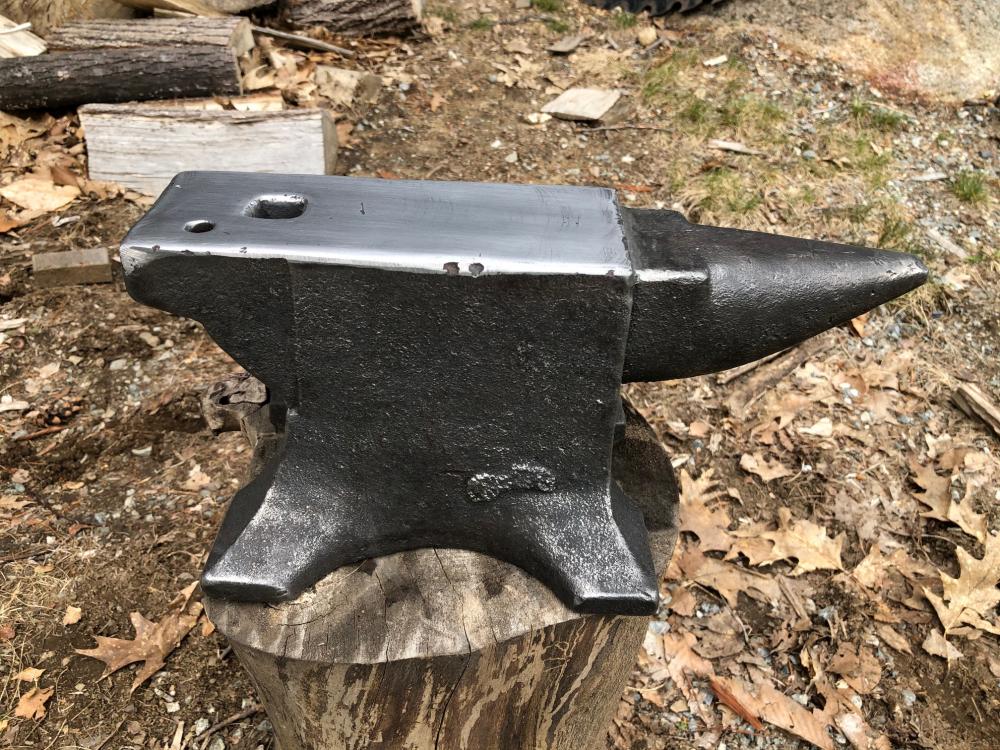
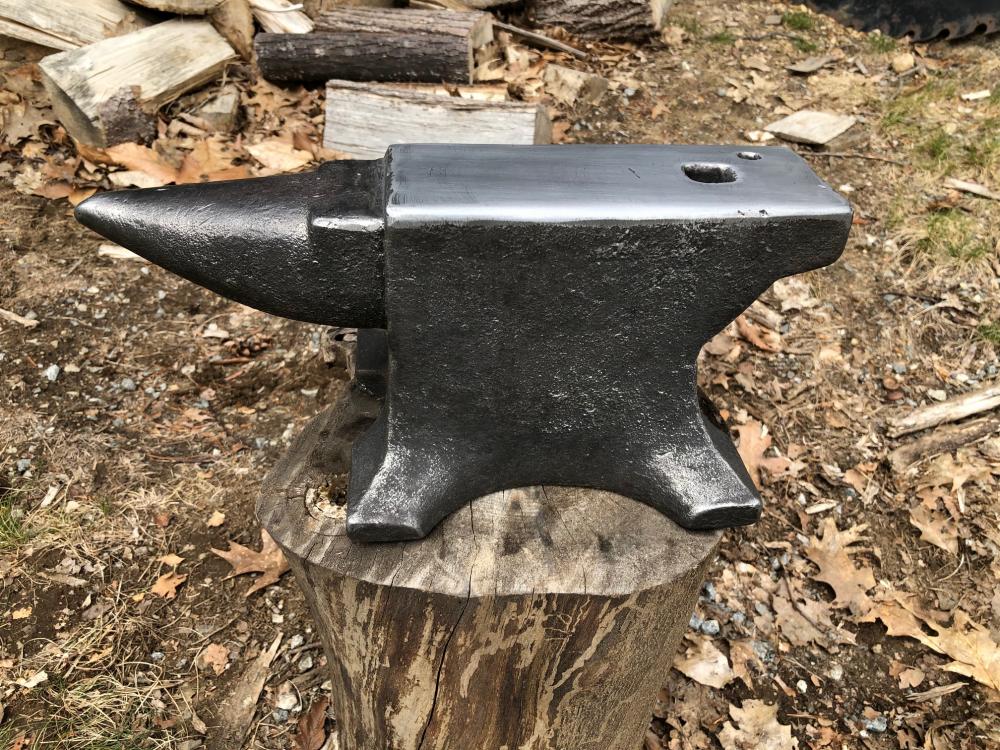
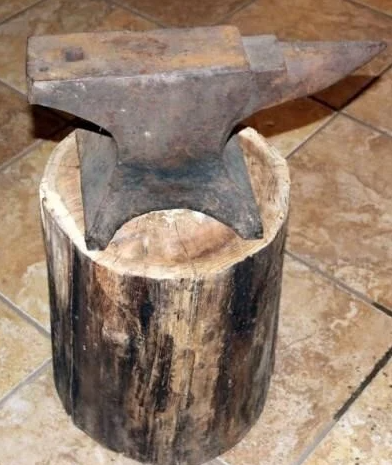
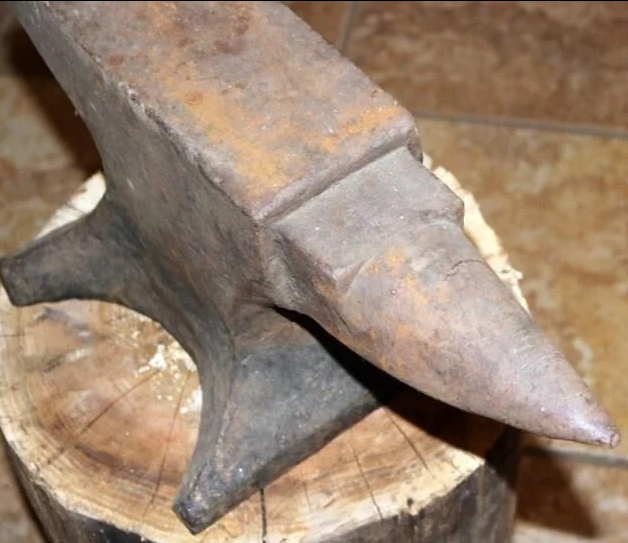
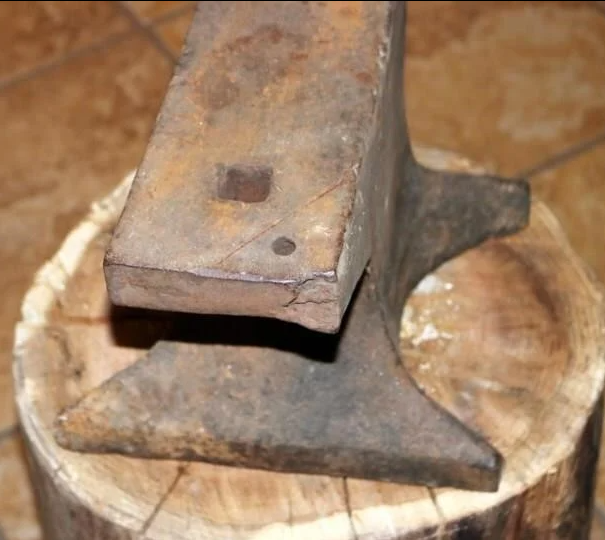
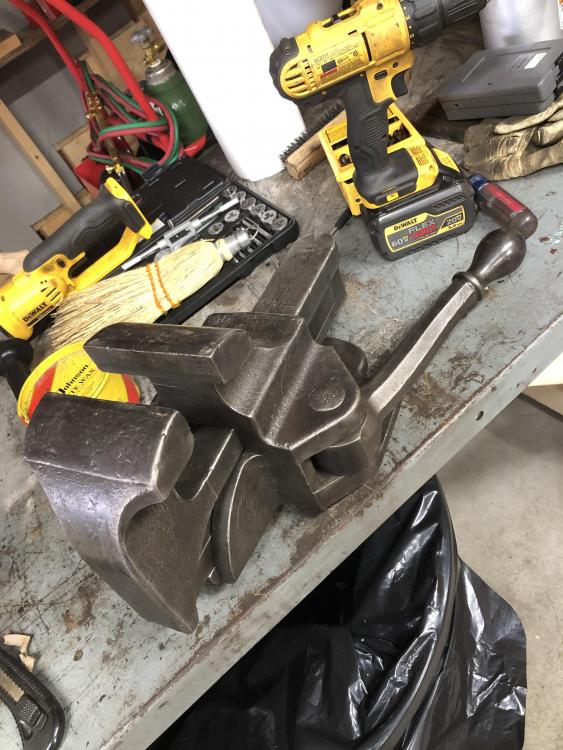
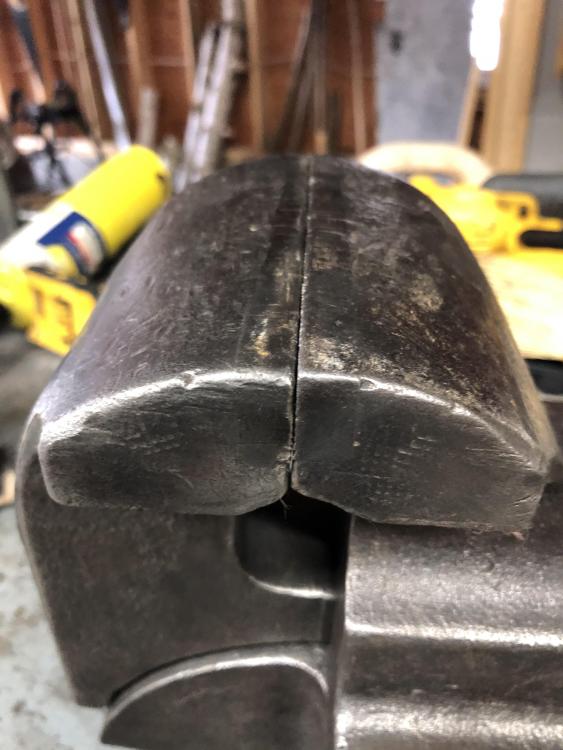
.thumb.jpeg.eacf470c4d058d879209d2ebd9691e56.jpeg)
.thumb.jpeg.162e5d1194f92ad06da1a8b09cdefa44.jpeg)
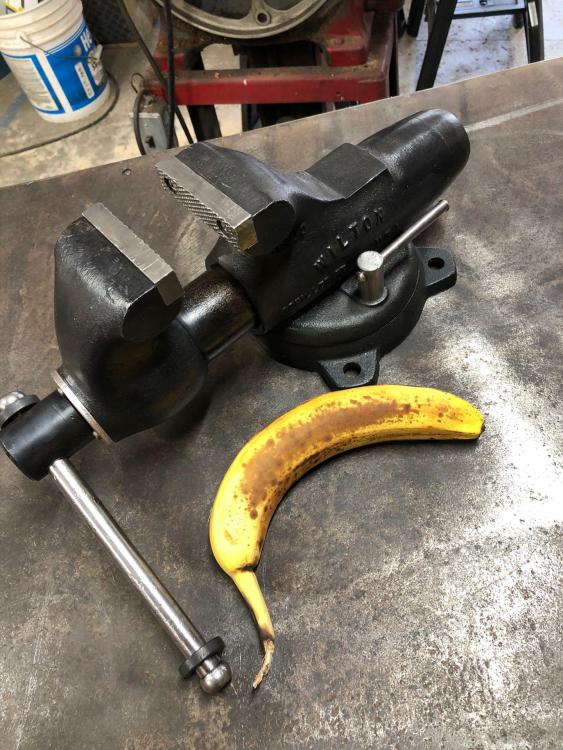
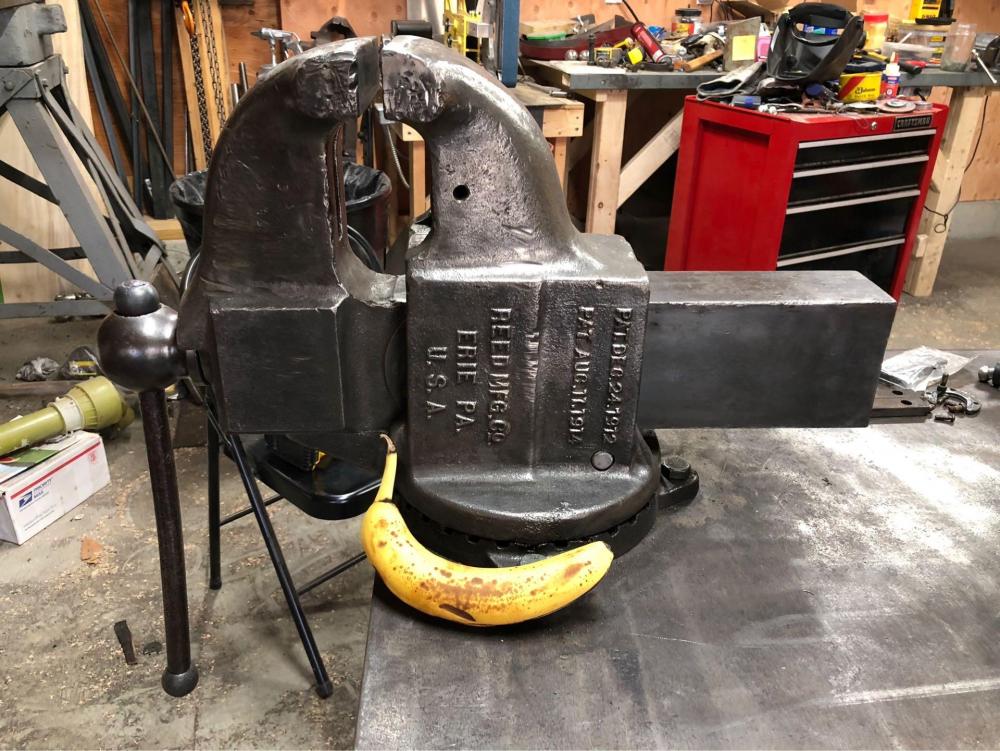
.thumb.jpeg.f783957e1d042ab96310b94d06b4ad1e.jpeg)
.thumb.jpeg.814c8da2f78eaa71f67b2e70eb243a2d.jpeg)
.thumb.jpeg.d54297edf2301b5fe6b267a2eca148e8.jpeg)
.thumb.jpeg.3cbec9e1e1d3bb454a982c944f1d92ca.jpeg)
